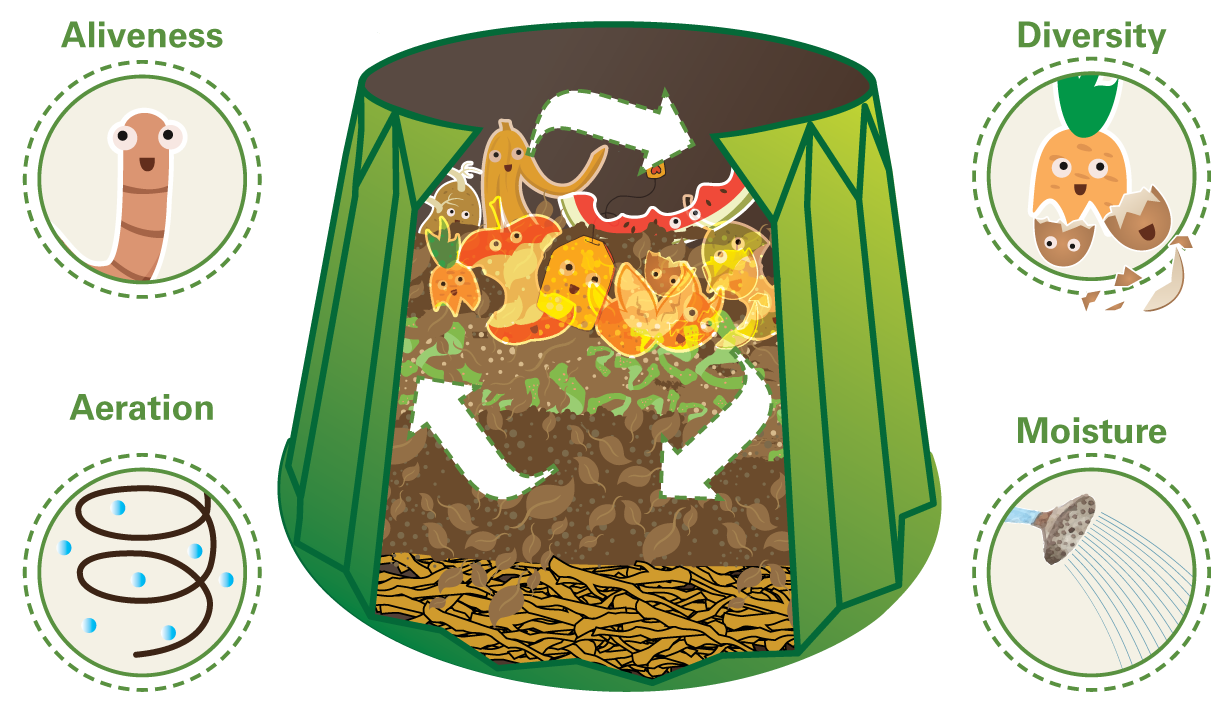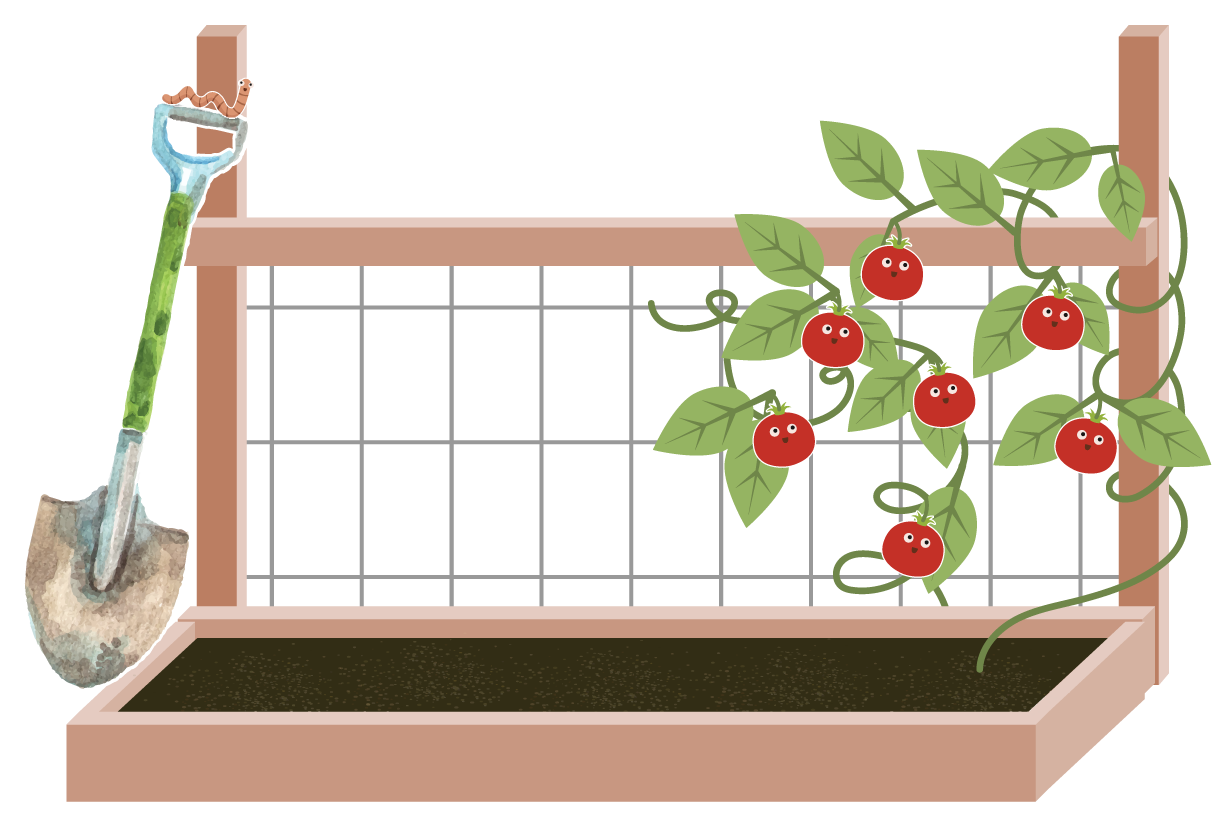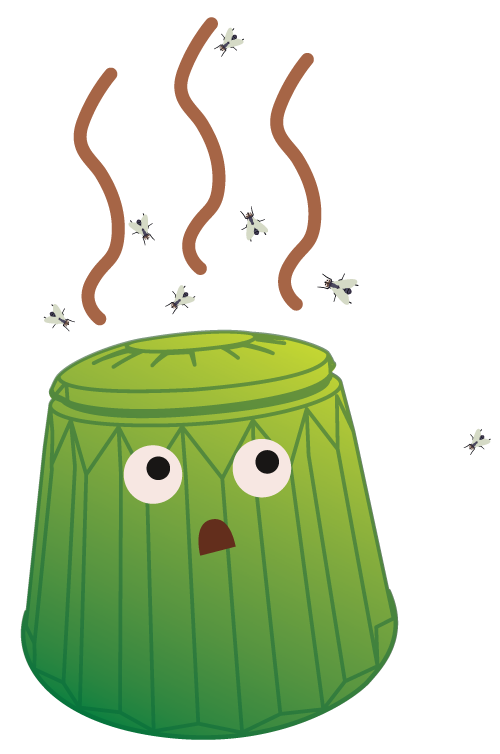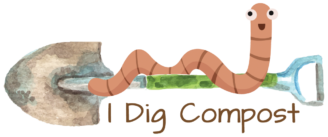Introduction to Composting
How do you turn your food and garden waste into rich, healthy compost?
By following the ADAM principle you will have good compost. Good composting comes from ALIVENESS, DIVERSITY, AERATION and MOISTURE, which are necessary for the compost to live.
Compost needs a balance of nitrogen rich and carbon rich materials – put simply a balance of food waste and garden waste. A good measure is for every bucket of food waste, you need to add two buckets of garden waste.

ADAM Principle

Compost needs living organisms to break down the waste and release the minerals and nutrients needed to make rich soil-like compost. Compost is a living system, full of good bacteria. Microbes, fungi, worms and other creatures. Healthy soil depends on all of them.

Compost needs lots of different ingredients to keep it healthy. Using a diversity of ingredients ensures the compost has all the right minerals and nutrients. Anything that has lived once can live again in your compost.

Compost is a living system and needs air for the bacteria in the compost to breathe. Aerating the compost will also prevent it will becoming smelly.

Compost needs water to live. It should be moist to touch but not dripping with water.
Setting Up Your Compost Bin
Things to consider when choosing a position for your compost bin:
- It should be on bare earth with good drainage
- If possible locate your bin in a sunny position as compost breaks down faster in sun
- Room for storage of mulch/vegetation material
- Room for storage of finished compost
Grab a handful of their ready-made compost to give yours a kick start!

Getting Started
Place your compost on soil, and or gravel that drains well. Avoid sealed surfaces like concrete because this will lead to soggy, smelly compost.
Put a 15cm-30cm layer of twigs or mulch in the base of the bin to help with drainage and allows air to flow through the compost.
Add ALIVENESS by adding a bucket of finished compost, or soil.
Add DIVERSITY by adding a layer of garden waste and a layer of food waste – a good measure is for every bucket of food waste add two buckets of garden or other waste.
Add MOISTURE by pouring water into the bin.
Add AERATION by turning or stirring.
Place a hessian sack on top of your compost to prevent your compost drying out and to keep out flies.

Maintenance
Once set up, you don’t need to stick to the 15cm layering – you can add food waste and garden waste as you create them.
Compost should always be moist but not soggy. Add water if it’s too dry, and add dry materials such as shredded paper or lucern if it’s too wet.

What To Feed Your Compost

Food Waste
All food and drink waste including chilli, garlic, citrus, grains, dairy and tiny amounts of meat. Food waste are wet and nitrogen rich which helps compost break down.

Garden Waste
All grass (dry it out first) and plant clippings, leaves, mulch and wood chips. Garden waste is dry and carbon rich so they’ll stop your compost from smelling. You can also add shredded paper, cardboard and coffee grounds.
Remember if it lived once it will live again in your compost bin!
Feeding Your Compost
The key to good composting is as simple as: FEED AND STIR
Keep a container or bucket in your kitchen to collect food and drink waste. Empty the container into your compost bin every few days. Store collected garden waste and clippings next to your compost so they are available when you need them.
Remember for every bucket of food waste you will need to add two buckets of garden waste or other carbon rich materials like shredded paper to ensure your compost has a balanced diet.
Keep your stirrer next to the compost and turn it every time you add food waste to ensure your compost gets plenty of air.

What NOT to Compost
- Dog, cat or human faeces (can cause disease)
- Meat and fish scraps
- Large amounts of dairy products and fats
- Chemicals (most will kill or slow down the living organisms in the
compost and soil)

"Cooking" Your Compost
When the bin is full, or if you want to use your compost DO NOT ADD ANY MORE FOOD WASTE. Keep your compost moist by adding water (if necessary) until it looks like a dark rich soil, no food waste is visible and the compost smells earthy. This will take approximately 8-12 weeks. Stir once a week to add air and speed up the process.
It is now finished compost ready for use on the garden. To continue to divert your food and garden waste from landfill, you should set up another compost bin while the original compost is cooking. This way you will have one active bin while the other is “cooking” its compost.
Harvest time
Your compost is ready to use if it looks like dark, rich soil and smells earthy. The speed at which compost breaks down depends on the volume of materials, how healthy it is and how hot it gets. The process will slow down in the winter.

Using Your Compost
Spread the finished compost around plants or mix it with soil to create your own potting mix.
Compost is great for vegetables and exotic plants, but can be too rich
for native plants. Mix compost with soil to create a new garden bed or
potting mix, or spread it in around existing plants.
Always keep compost in the garden covered with mulch to keep it alive and healthy.
Don’t worry about eggshells which may not have completely broken
down they will add calcium to the soil. Any scraps (like avocado seeds) that have not broken down can be thrown back in to kick start your new compost.

Avoiding Problems
Problems can generally be avoided or fixed by following the ADAM principal of Aliveness, Diversity, Aeration and Moisture. The following tips may be helpful if you do come across problems with your compost.
Smelly Compost
Three factors can cause smelly compost
- Too wet
- Too litte air
- Too much food and not enough “other” materials
Fix it by:
- Stirring in dry leaves, mulch or soil
- Turning the compost to add more air
- Adding two or three handfuls of garden lime or dolomite
- Adding shredded paper or “other” materials to the bin

Unwelcome Visitors
What to do if ants, cockroaches, flies, soldier fly larvae, mice or rats make your compost bin their home.
Fix it by:
- Ensuring food is stirred in properly and covered by garden waste
- Keeping meat out of the compost
- Adding lime and stirring

They hide in warm, dry, still patches. Soak your compost with a hose, and then stir thoroughly using your stirrer. Always add garden waste along with your food scraps and stir.

Often confused with maggots, soldier fly larvae are bigger, browner and more segmented. They help break down compost quickly and aren’t a problem. Just stir more often, add more garden waste and they’ll leave in a few weeks.

They could be attracted to your compost if it smells. Ensure the food is covered by vegetation. Check the lid is secure and there are no gaps. Rodent-proof your bin by lining the base with chicken wire or a sheet of aluminium with holes drilled in it to allow for drainage.
Other Problems

Too dry
Compost should always be spongy, and squeezable.
Fix it by:
- Adding water

Composting too slow
Usually happens if compost is too wet or too dry or too cold.
Fix it by:
- Adding paper or other dry material, and turning (if too wet).
- Adding water and turning (if too dry).
- Stirring in some chicken manure, old compost, or grass clippings.

What about weeds?
Composting can kill weed seeds if the compost reaches 60 degress for at least 3 days.
Composting Tutorial Complete
Well done! You have completed the Composting tutorial.
Please take our quiz below.

